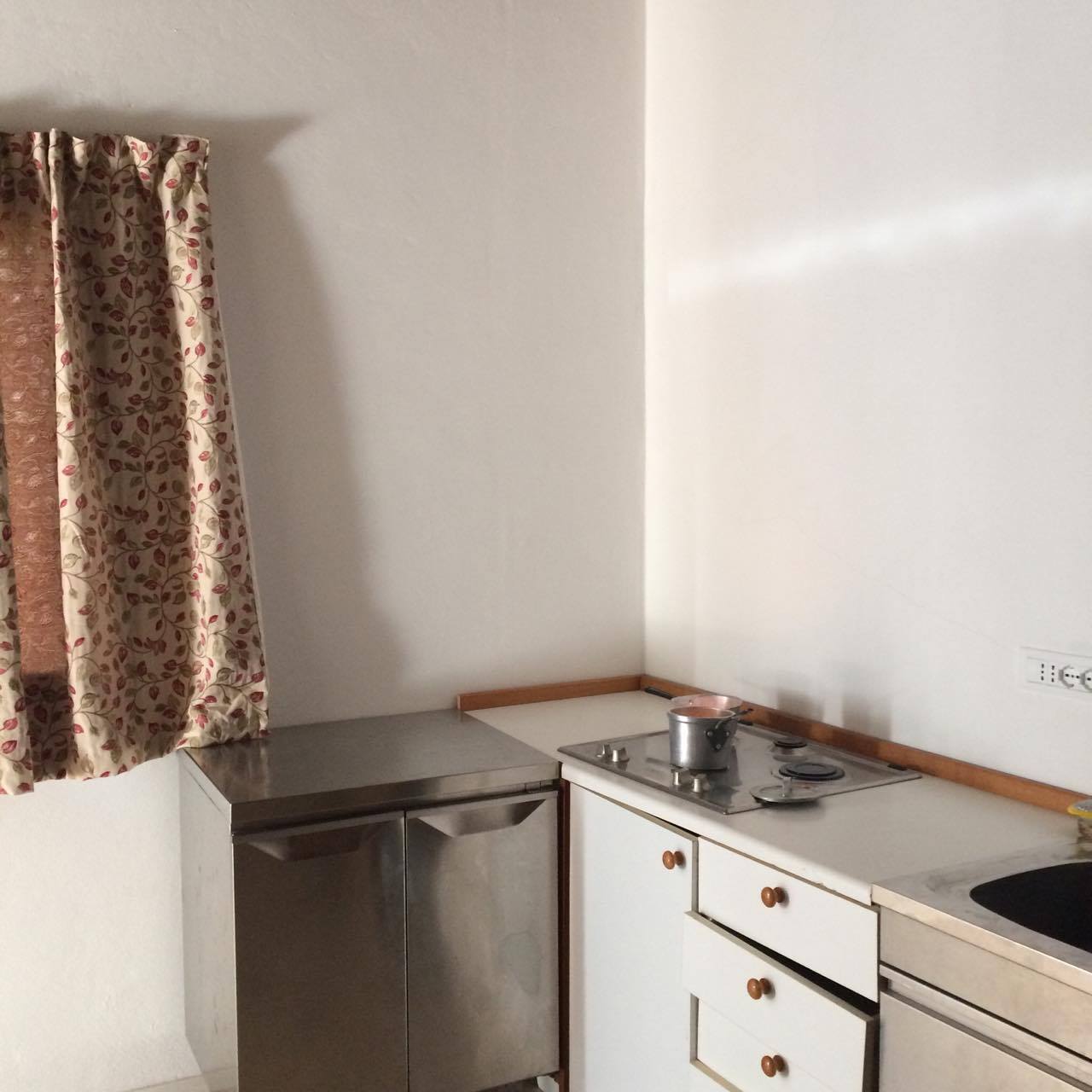The Pavilion of Humanity: Objection

Organised by the University of the Arts London, The Pavilion of Humanity displays an attempt to break away from the traditional national pavilion format of the Venice Biennale, also rejected by UAL’s moving Diaspora Pavilion. Instead, the artists working in this space, Michal Cole, born in Israel, and Turkish Ekin Onat, cross national and cultural boundaries, exploring issues that affect human kind as a whole, addressing social injustices, both political and personal. The personal is political.
At first, the space appears to be an ordinary house, as we make our way through living room, dining room, kitchen etc.: another example of how space is used imaginatively throughout the collateral events in ‘palazzos’, ‘chiesas’ and ‘campiellos’ of Venice. It reminds us of ‘Womanhouse’, an art exhibition/intervention in 1972 that saw feminist artists each take over one room of a house for installations and performances responding to, but more so against, the female domestic sphere. And indeed, Cole and Onat both explore what it means to be women alongside broader socio-political concerns. Here women are both subject and object.
Cole’s ‘Top Gun’, covering every inch of the living room and its furniture in a textiled rainbow of ties, is beautifully materialised, yet it seems somewhat outdated and over-simplified to use a tie as a symbol of masculinity (not as nauseating as the use of handbags by an artist elsewhere in the Biennale as a symbol of universal femininity). However, walking in to the kitchen, one can see the artists subtle and poignant use of everyday objects in ‘Domestic Godless’ to reflect on personal trauma. Light glows from saucepans, a tea cup, the sink. Staring into them, parts of a woman’s face can be seen in great distress, conveyed through her scrunched up then staring eyes, and her mouth that screams no sound. The quiet of this room becomes heavy.
Upstairs, filmic remnants of performances undertaken by both Cole and Onat in Venice are found in the dressing room and bathroom. Onat denounces uniformity through the reduction of military wear to her bare skin, contrasting with the ritual of making one-self up and getting dressed that this room connotes. Next door, Cole’s performance seems reminiscent of Renate Eisenegger’s 1970s photographs that show women in never-ending, menial tasks: a woman ironing each floor of a high rise, for instance. Here, Cole attempts to mop up the waters of the Venetian lagoon. The 1950s housewife costume is somewhat of an overkill, but the message is memorable.
The title of the exhibition seems two fold. Objection, protest, challenge, a call to arms; yet at the same time it brings to mind how the artists feel as women, becoming objects, losing the control the subject has.
GB

